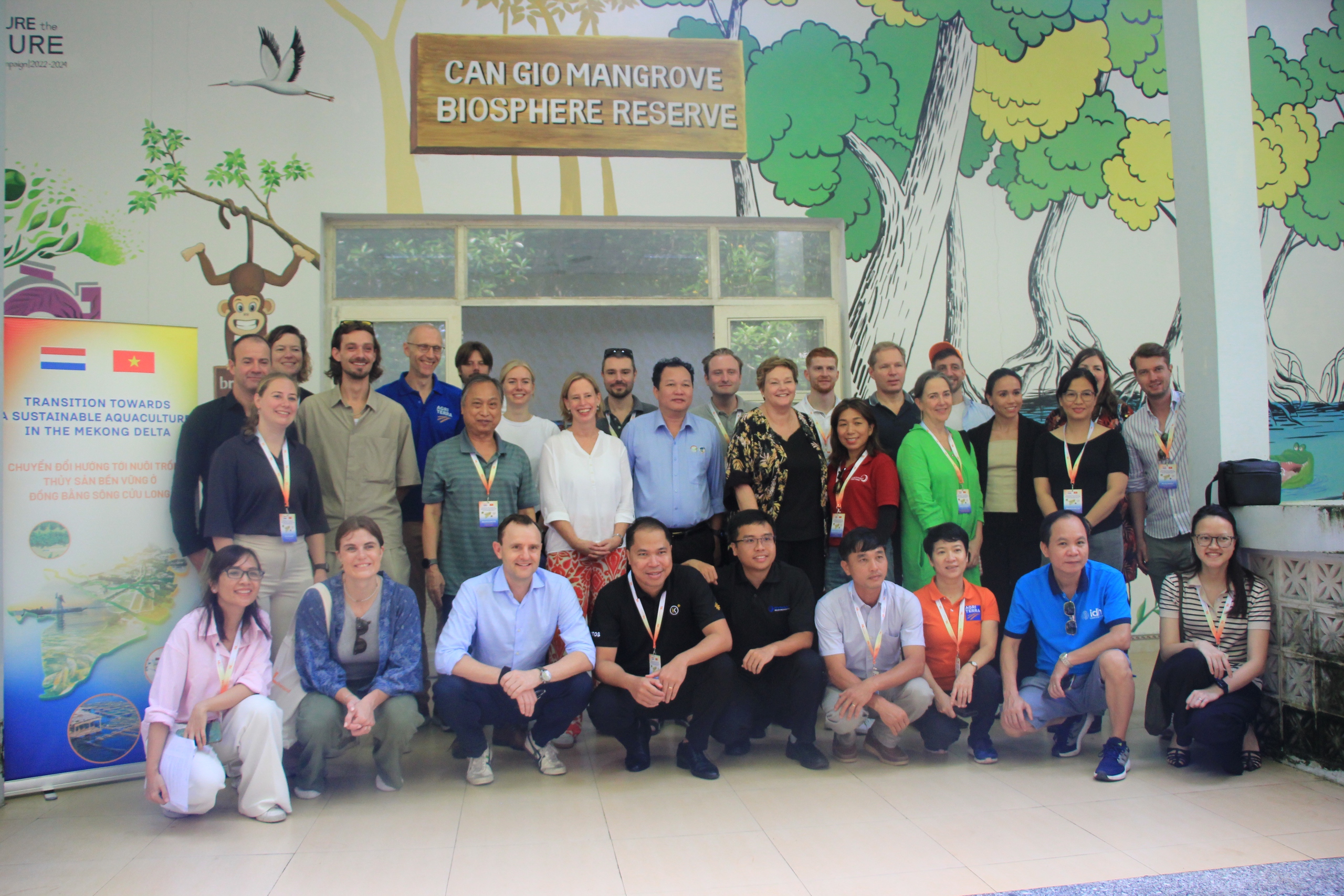
Visitors pose for a group photo at the Can Gio Mangrove Biosphere Reserve Museum as a delegation of Dutch and Vietnamese aquaculture experts under the Combi-Track program visit the reserve in Ho Chi Minh City on November 13, 2025. Photo: Dong Nguyen/ Tuoi Tre News
The visit was organized by the Embassy of the Kingdom of the Netherlands in connection with the Combi-Track program, a sustainable aquaculture partnership between the Vietnamese and Dutch governments, as well as public and private stakeholders.
“The partners are working together toward the sustainable development of aquaculture, and mangroves are part of the aquaculture environment,” said Ingrid Korving, Agricultural Counsellor at the embassy.
“We wanted to visit the mangroves so participants could see how important it is to preserve nature, and at the same time, how we can work with it,” she added.
“We call this approach nature-based solutions, where nature itself becomes part of the solution.”
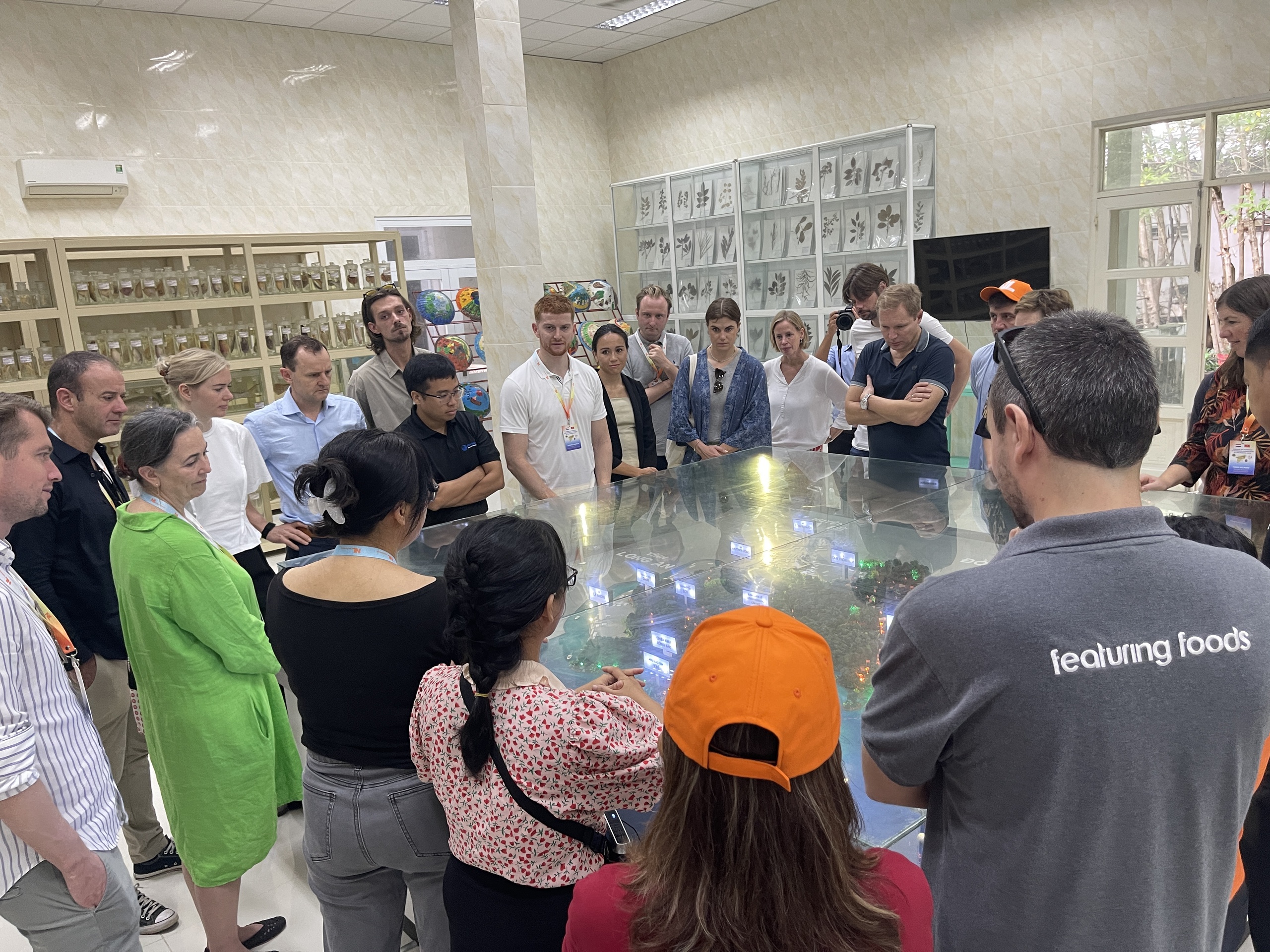
Visitors are briefed on the Can Gio Mangrove Biosphere Reserve using a scale model at the reserve’s museum on November 13, 2025. Photo: Dong Nguyen / Tuoi Tre News
During the trip, participants learned about the history and formation of the Can Gio Mangrove Biosphere Reserve, its unique forest structure, and rich biodiversity.
The Can Gio Mangrove Biosphere Reserve is Vietnam’s first UNESCO-recognized biosphere reserve, designated in 2000.
It is located in the lower reaches of the Dong Nai River, in the southeastern part of Ho Chi Minh City, and covers a total area of 75,740 hectares.
The reserve is divided into core, buffer, and transition zones and also features three wildlife conservation areas dedicated to birds, bats, and monkeys.
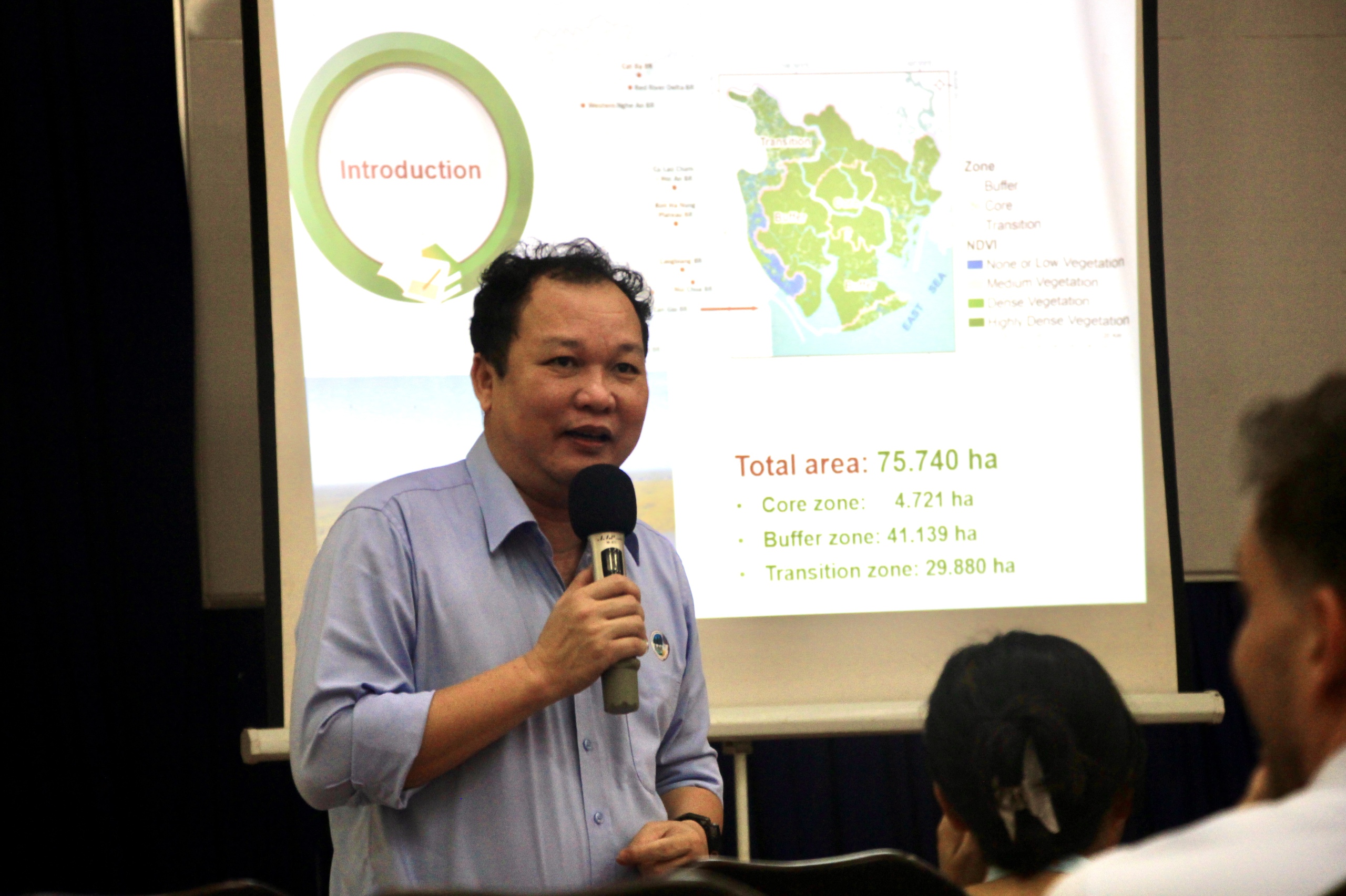
Huynh Duc Hoan, deputy head of the Can Gio Mangrove Biosphere Reserve, introduces the biosphere reserve to visitors as a delegation of Dutch and Vietnamese aquaculture experts under the Combi-Track program visit on November 13, 2025. Photo: Dong Nguyen/ Tuoi Tre News
According to Huynh Duc Hoan, director of the Ho Chi Minh City Special-use and Protection Forest Management Board, and deputy head of the Can Gio Mangrove Biosphere Reserve, the Can Gio mangroves were completely destroyed during the war before the city decided to begin restoration in 1978, and the Can Gio mangrove forest now spans 35,000 hectares.
Hoan noted that during the 20-year restoration period leading up to UNESCO recognition, nearly 2,000 hectares were rehabilitated each year.

The Can Gio mangrove reforestation and development process.
While it may sound simple, the effort faced numerous challenges, including limited resources, a country just recovering from the war and still struggling with poverty, and the fact that the seedlings needed for restoration were no longer available locally.
“This achievement has not only benefited Vietnam but also neighboring countries, contributing to expanding green coverage for the planet,” Hoan said.
The restoration of the Can Gio mangrove forest has brought numerous benefits, including food, livelihoods, and opportunities for recreation and tourism.
The mangroves form a vital ecosystem closely linked to aquatic resources, serving as spawning grounds and shelters for a variety of species, including many rare and valuable ones, which in turn supports fisheries.
“Studies have shown that one hectare of mangrove forest can produce between 800 kilograms to one ton of mullets,” Hoan said.
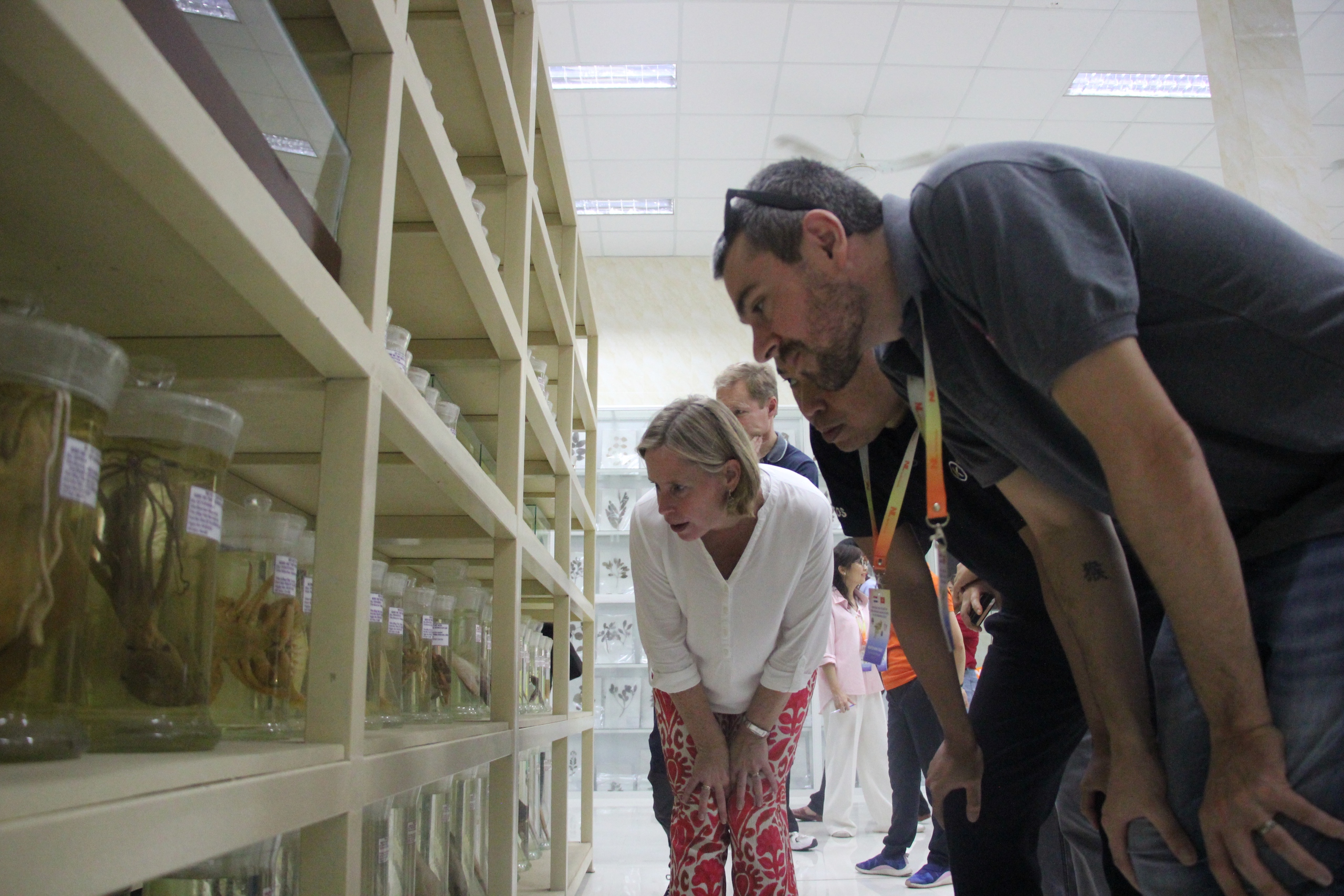
Natalie den Breugom-de Haas – Deputy Director of the Sustainable Economic Development Department at the Ministry of Foreign Affairs of the Netherlands (centered) views exhibits at the Can Gio Mangrove Biosphere Reserve Museum as a delegation of Dutch and Vietnamese aquaculture experts visit the reserve in Ho Chi Minh City on November 13, 2025. Photo: Dong Nguyen / Tuoi Tre News
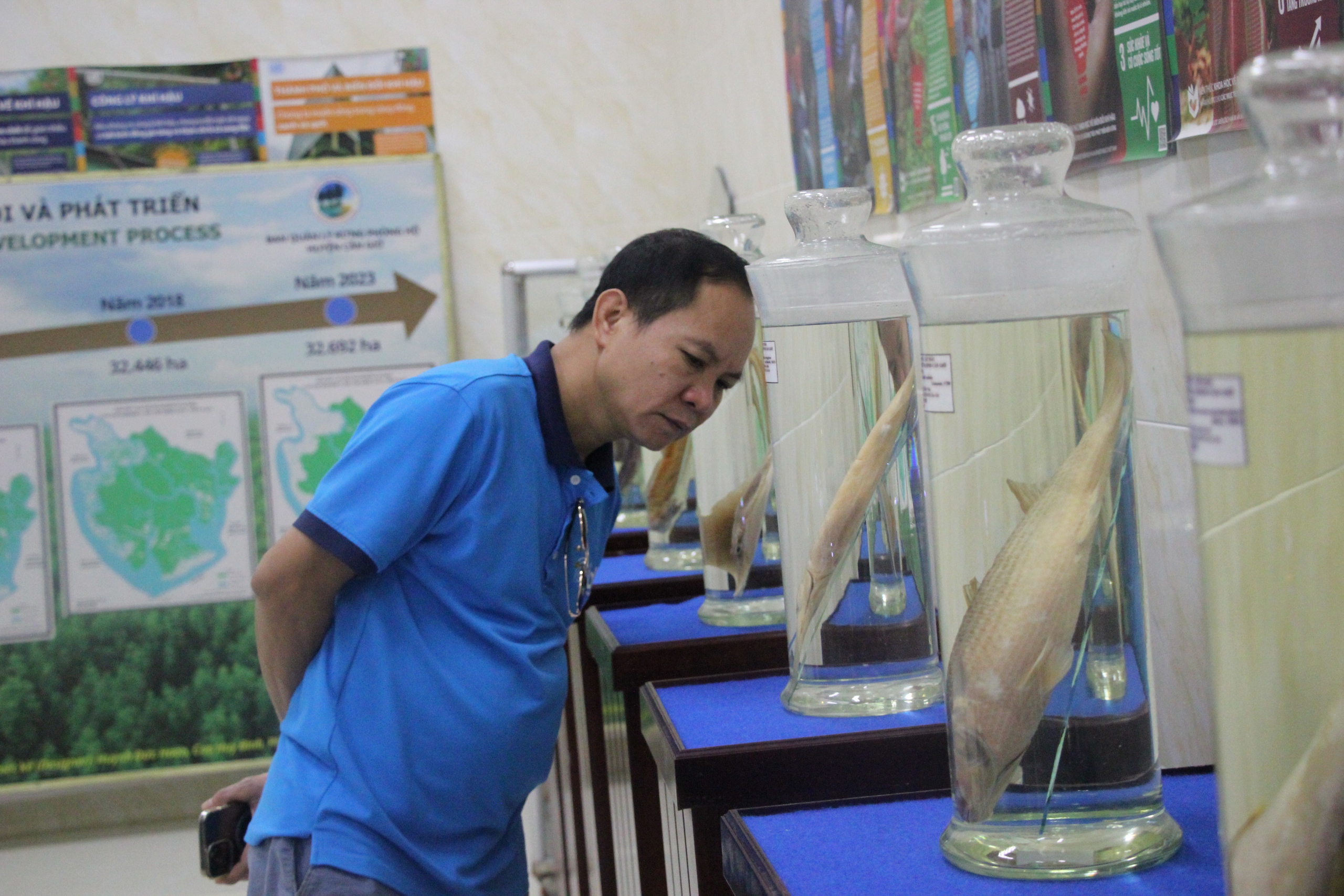
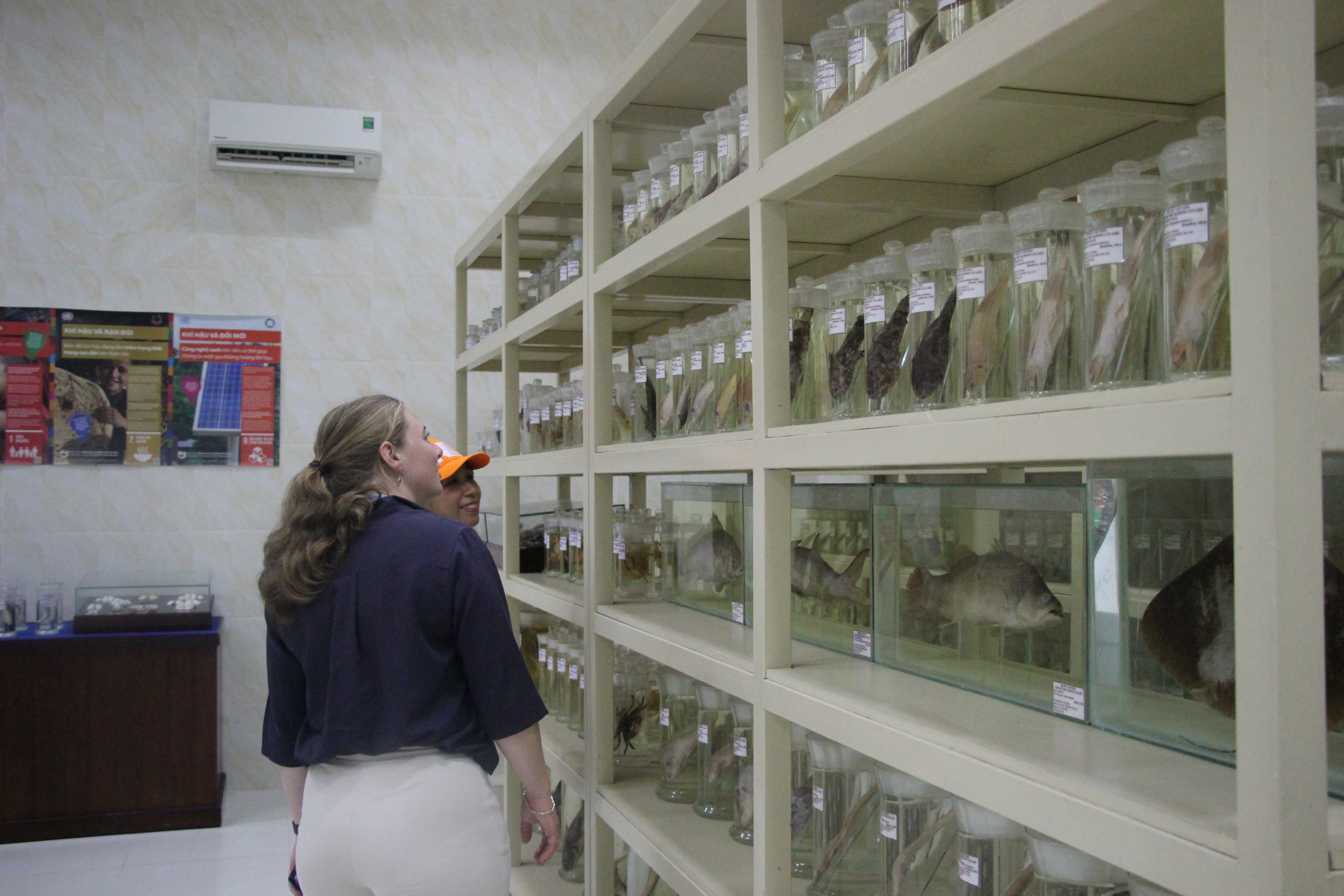
Visitors view at exhibits at the Can Gio Mangrove Biosphere Reserve Museum as a delegation of Dutch and Vietnamese aquaculture experts under the Combi-Track program visit the reserve in Ho Chi Minh City on November 13, 2025. Photo: Dong Nguyen / Tuoi Tre News
Beyond this, the Can Gio mangrove reserve is a blue carbon sink and it can store greenhouse gases for hundreds of years, making it an invaluable natural buffer that helps mitigate climate change.
Stretching about 20 kilometers, the Can Gio Mangrove Biosphere Reserve also acts as a “living green wall” protecting Ho Chi Minh City and provides a critical natural defense against coastal hazards such as tsunamis.
Following discussions on the value of the Can Gio mangroves, representatives from Larive International and Van Oord Ocean Health also presented TomGoxy Zero, an innovative system under the Combi-Track program that integrates mangrove restoration with super-intensive vannamei shrimp farming.
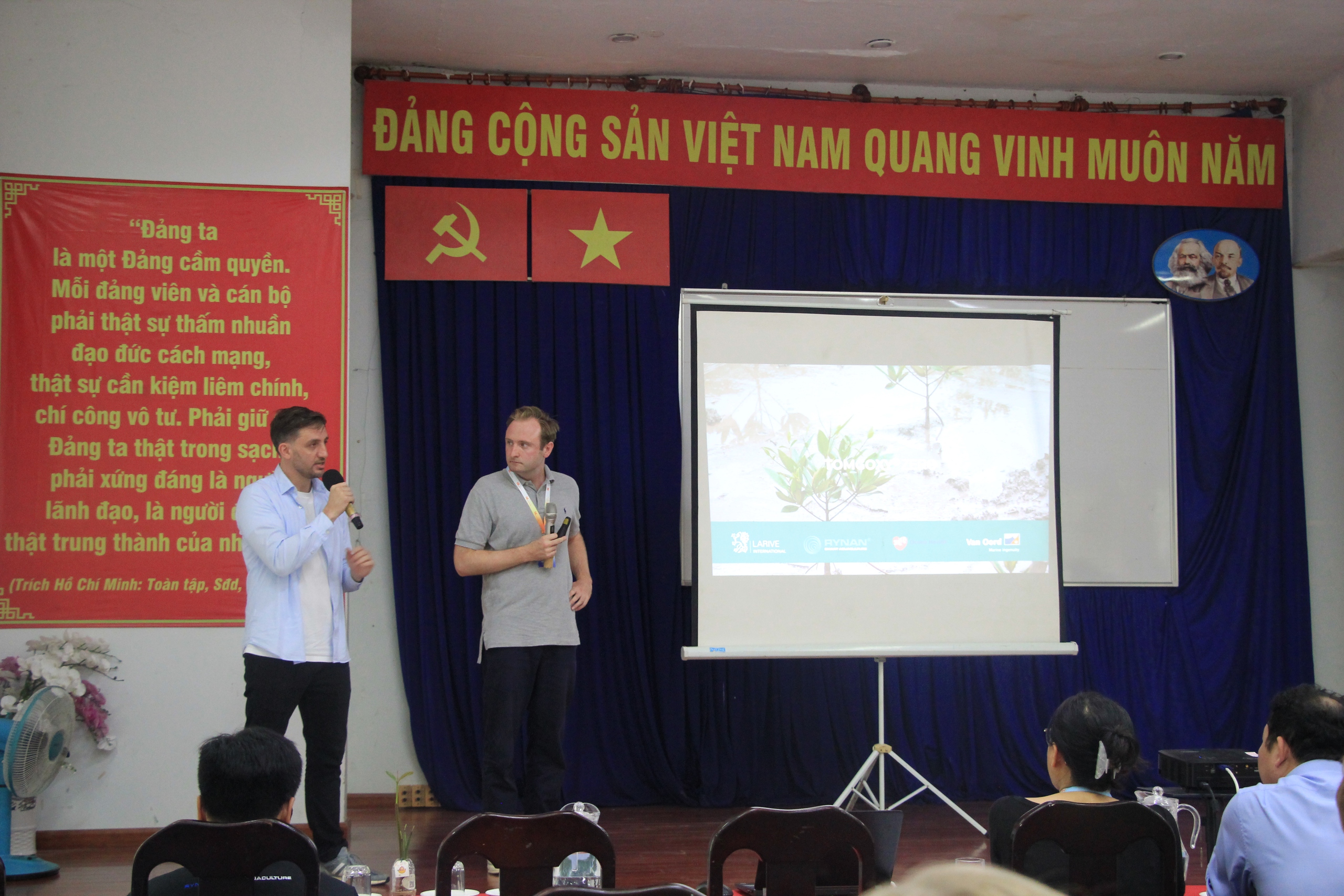
Representatives from Larive International and Van Oord Ocean Health present TomGoxy Zero, an innovative system combining mangrove restoration with super-intensive vannamei farming. Photo: Dong Nguyen / Tuoi Tre News
At the event, a ceremonial handover of support from the Combi-Track program to the Can Gio Mangrove Biosphere Reserve was presented to provide equipment and materials for youth education initiatives during World Environment Day 2026.
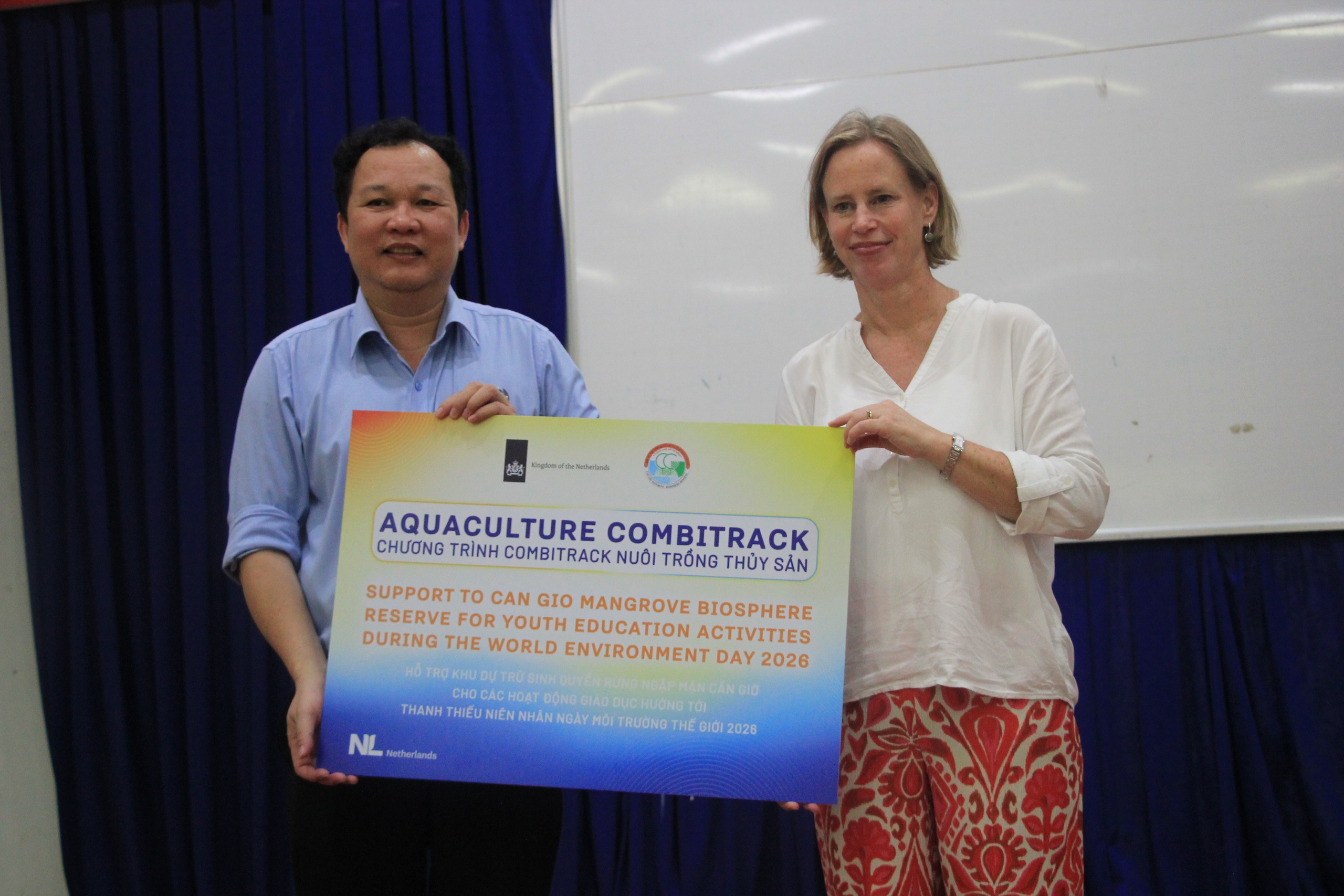
Natalie den Breugom-de Haas – deputy director of the Sustainable Economic Development Department at the Ministry of Foreign Affairs of the Netherlands (right) – hands over a sign of support from the Combi-Track program to Huynh Duc Hoan – deputy head of the Can Gio Mangrove Biosphere Reserve, to provide equipment and materials for youth education initiatives at the Can Gio Mangrove Biosphere Reserve during World Environment Day 2026. Photo: Dong Nguyen / Tuoi Tre News
Throughout its operation, the biosphere reserve has also focused on raising environmental awareness among students and empowering women-led climate action clubs.
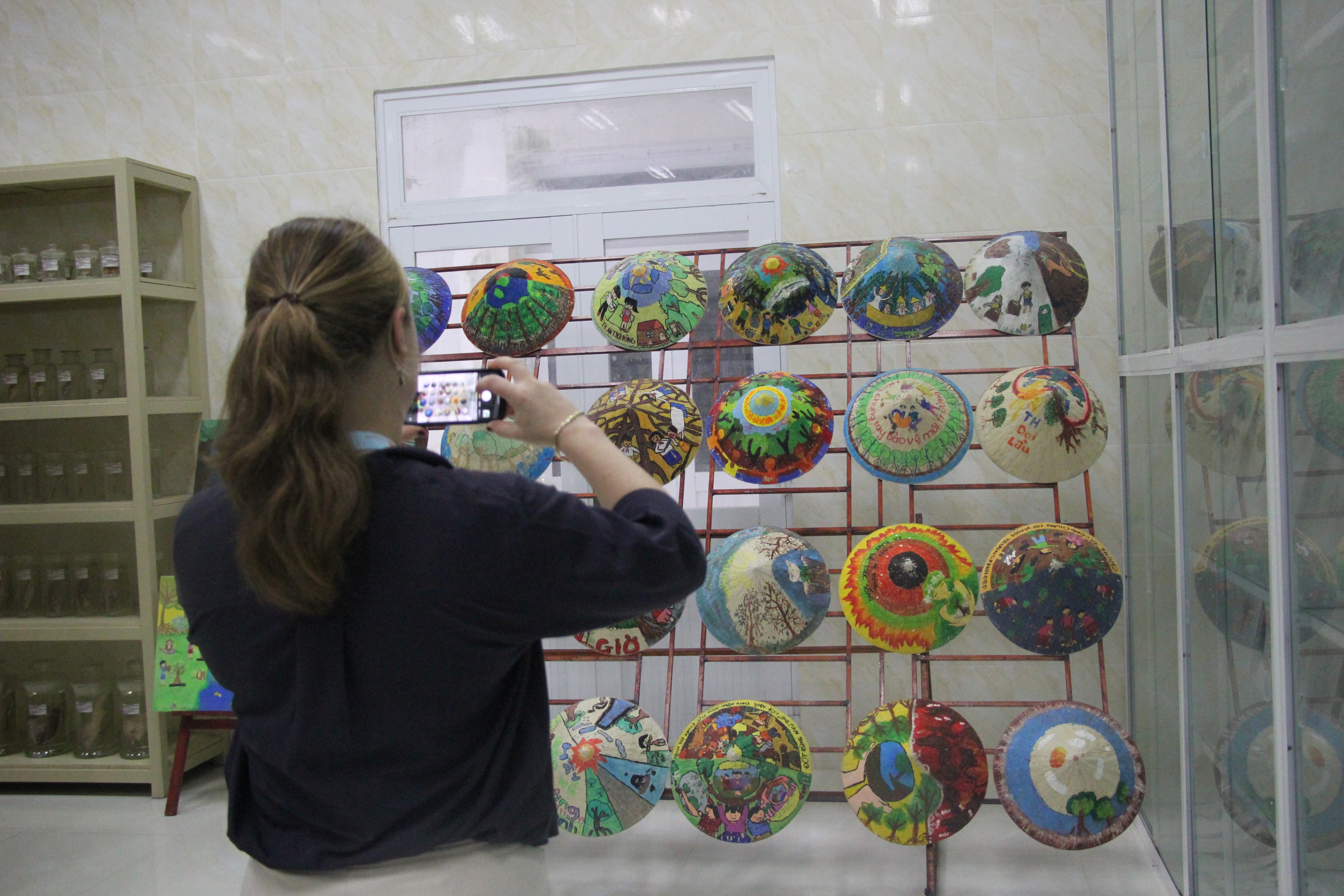
A visitor takes photos of non la (conical hats) painted with environmental themes by local students, displayed at the Can Gio Mangrove Biosphere Reserve Museum on November 13, 2025. Photo: Dong Nguyen / Tuoi Tre News




Max: 1500 characters
There are no comments yet. Be the first to comment.